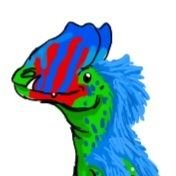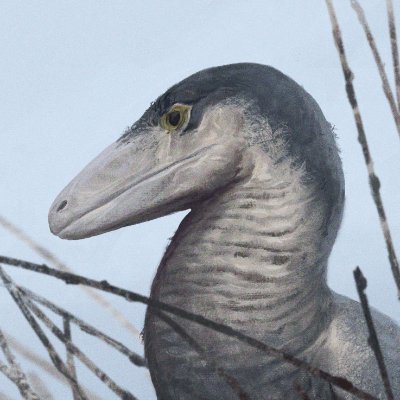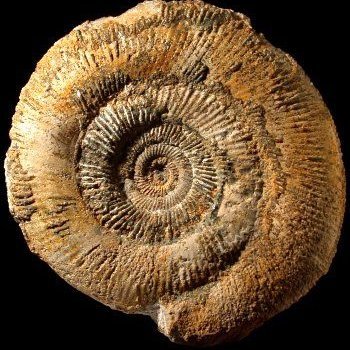
randompaleonerd
@randompaleonerd
Followers
2K
Following
30K
Media
653
Statuses
5K
Doodler and animator for the roblox game Cenozoic Survival (and Ecos!), consultant for Agate, sometimes does science things.
Joined November 2019
Skeletal time! Here's my new skeletal reconstruction of Kelenken guillermoi, one of the largest Phorusrhacids and one of my personal favorites. Weighing at 315 kgs, Kelenken was easily one of the largest predatory birds, and was the largest predator in its environment.
30
219
871
Sizing up to seven feet tall and six hundred pounds with a beak like a billhook machete, Titanis walleri was a falcon turned tiger, the top predator of southern North America for 4 million years. #paleoart
4
113
744
@randompaleonerd I think people don’t quite understand that the metabolics and biomechanics of predation change when animals grow in size. It’s not as practical to be feasting solely on small prey if you’re big, not to mention different hunting strategies for different sized prey.
0
1
8
Taking advantage of the #LOOP hype, I decided to #illustrate one of the stars of one of the segments, one of the largest #dinosaurs of the #Cenozoic, the #titanis walleri, the only #terrorbird known in North America and the largest predator in its #ecosystem. #Paleoart
4
46
203
I plan on making a thread soon about the (growing!) published evidence for Phorusrhacids being large prey specialists. More on that soon! Hopefully can make some new art to accompany it.
0
2
43
I lied, fourth entry! Cariamiformes has herbivorous representatives like Strigogyps, along with a myriad of predators hunting prey of all sizes - even Phorusrhacidae itself bears an incredible level of diversity!
1
1
52
Nandiniid civets are close to Felids, but it wouldn’t be quite right to estimate a sabertooth’s appearance and behavior based off a civet. Most of Cariamiformes has gone extinct, and seriemas are just one representative of an extremely diverse order.
1
1
42
Phorusrhacids and Cariamids are phylogenetically close, but they have diverged significantly and specialized in different directions. A seriema is to a Phorusrhacid as a palm civet is to a big cat.
1
2
55
I feel like an important PSA for anyone interested in Phorusrhacids is that their relationship to seriemas doesn’t indicate much for their ecology. Seriemas and Phorusrhacids are relatives within Cariamiformes, but they are different in a myriad of ways. (1/3)
2
37
259
Avian features of Archaeopteryx feeding apparatus reflect elevated demands of flight https://t.co/tk6Olq2FIJ
0
71
317
Interestingly, the “sickle claw” of this bird is far less hooked than the similarly giant Phorusrhacines, instead being somewhat straight and robust. Interestingly, this reminds me of what we see in some Carcharodontosaurs like Meraxes. Would like to see these compared someday.
0
0
15
Honestly an incredible specimen, difficult to reconstruct since we lack cranial representation from Brontornithinae. Devincenzia has a partial cranium and is one of the more robust Phorusrhacines, so it became a primary reference.
1
0
17
Interesting note - Patagornis preserves quill knobs! Llallawavis does as well.
0
1
12
Titanis (and Phorusrhacos) are more gracile than the robust Kelenken and Devincenzia, and were likely more agile. Regardless, they were still very large animals (around 300 kg) and were the largest endothermic carnivores in their habitat.
0
0
11
IMPORTANT NOTE - A decent amount of Titanis’s material is not figured in lateral, so I rescaled Phorusrhacos, Patagornis, and Kelenken material to fit measurements. More of Titanis is known than what is figured! The sternum is also Patagornis’s!
1
0
7
Since all North American Phorusrhacids are immediately classified as Titanis (including the Californian Anza-Borrego specimen, which is far too small) there is also a chance there is more diversity than originally thought. This part is pure conjecture, do not take it seriously.
1
0
11

























